| So many tomato varieties to choose from, between online, mailorder catalogs, and local resources! Even big-box stores carry some organically grown and heirloom varieties! I asked several tomato experts who had worked with me at two local Tomatomania events what their favorites were that they’d grow again this year, and which new ones they’d try for the first time. Here’re their lists, so you can perhaps try some of them as well! “Best Tomato Flavor” is Relative Everyone will have what they consider to be their favorite tomato, or at least what they’re trying to remember from their childhood or just last year. But, like with restaurants, movies, and other of Life’s preferences, your friend’s favorites may taste awful or at least boring to you, making you wonder why they even bothered growing it. That magic balance of sweet and acid is what determines each our own “best.” The Lists Steve Gerischer grows these every year in Glassell Park: Cherokee Purple, Lizzano (for containers), Genuwine, Juliet (for sauce), San Marzano (for sauce), and Sungold. New this year, he’ll try Piglet Willy’s French Black (the name fascinates him), and Viagra (anything with that name has to be tried….). Laura Moore loves these in her coastal garden: Black and Brown Boar, Carmelo, Jaune Flaumme, Old Yellow Candy Stripe, Orange Paruche, Sun Sugar, Sweet Tangerine. This year, she’ll try Brandywine Joyce’s Strain, Clementine, Harless Creek Gold, Katana, Mirabelle Blanche, Oh Happy Day, and Viagra. Andy Vaughn annual favorites in his South Bay garden include Black Cherry, Black Krim, Brandy Boy, and Copper River. This year, he’ll try Tesse’s Land Race and Thunder Mountain. Scott Daigre, Mr. Tomatomania himself, will grow these this year in Ojai: Carbon, Juliet, Lucid Gem, Russian Queen, Summer of Love, and Thunder Mountain. My summer garden in Pasadena always includes Ace, Big Rainbow, Black Krim, Brandywine, Carmelo, Celebrity, Cherokee Purple, Green Zebra, Odoriko, Stupice, and Sungold. Over the years, I've tried many varieties. I usually grow them for three years to make sure that I either consistently liked them or that they didn’t perform as well as my other favorites: Amazon Chocolate, Anana Noir, Arkansas Traveler, Aunt Ginny’s Purple, Aunt Ruby’s German Green, Beefsteak, Better Boy, Black Pear, Black Prince, Black Zebra, Brandywine, Brandywine Red, Champion, Costoluto Fiorentino, Costoluto Genovese, Dona, Early Girl, Gardeners Delight, German Giant, Giant Belgium, Gold Nugget, Green Grape, Hawaiian Pineapple, Health Kick, Heartland, Hillbilly, Isis Candy, Italian Sweet, Japanese Oxheart, Jetsetter, Jubilee, Lemon Boy, Mammoth German Gold, Marizol Purple, Marmande, Matt’s Wild Currant, Momotaro, Mr. Stripey, Nyagous, Old German, Oxheart, Paul Robeson, Pineapple, Principe Borghese, Prudens Purple, Rainbow, Red Current, Red Pear, Riesentraube, Rutgers, Siletz, Sugar Snack, Summer Cider Apricot, Sun Sugar, Tommy Toe, Yellow Currant, and Yellow Pear. Tomato Planting Tips Please see my March 7, 2017 blog of planting tips! Direct link = http://www.gardeninginla.net/blog/planting-tomatoes Remaining Tomatomania events in Southern California March 31 & April 1 - Otto and Sons Nursery, Fillmore April 1 - Ojai Valley School, Ojai April 5 & 6 - Surfas Culinary District, Culver City April 8 - Santa Barbara – location to be determined. See www.Tomatomania.com for more information. |
|
0 Comments
|
Categories |

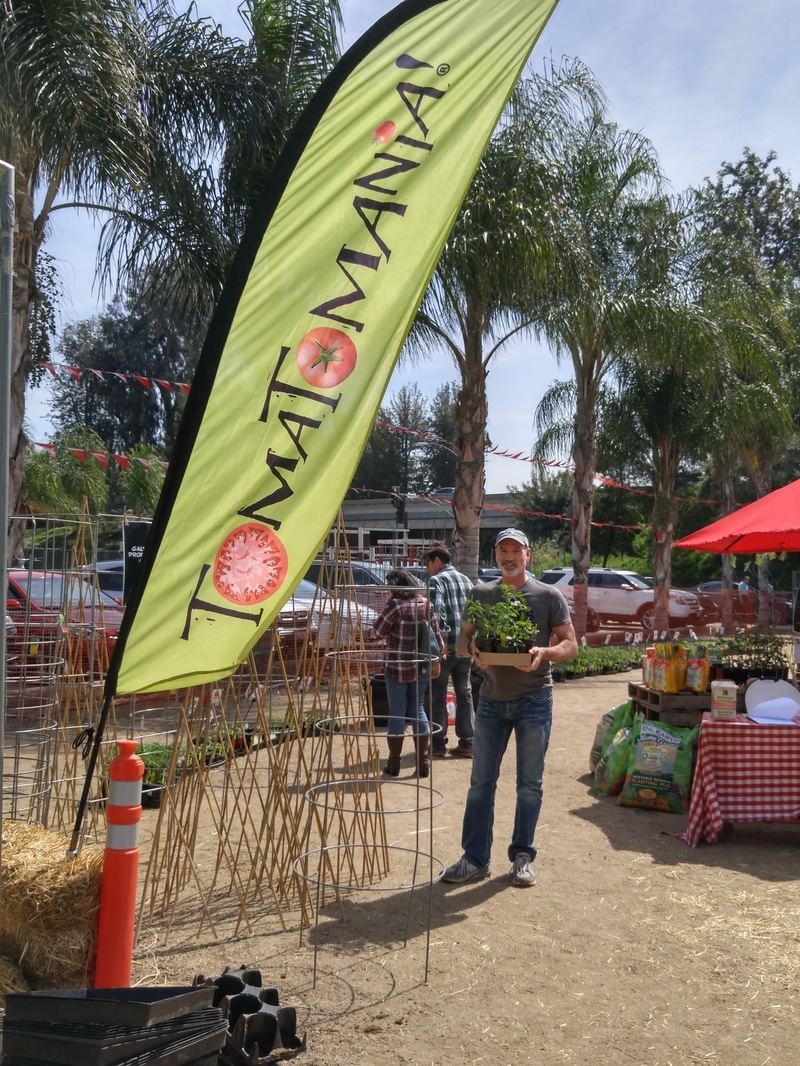
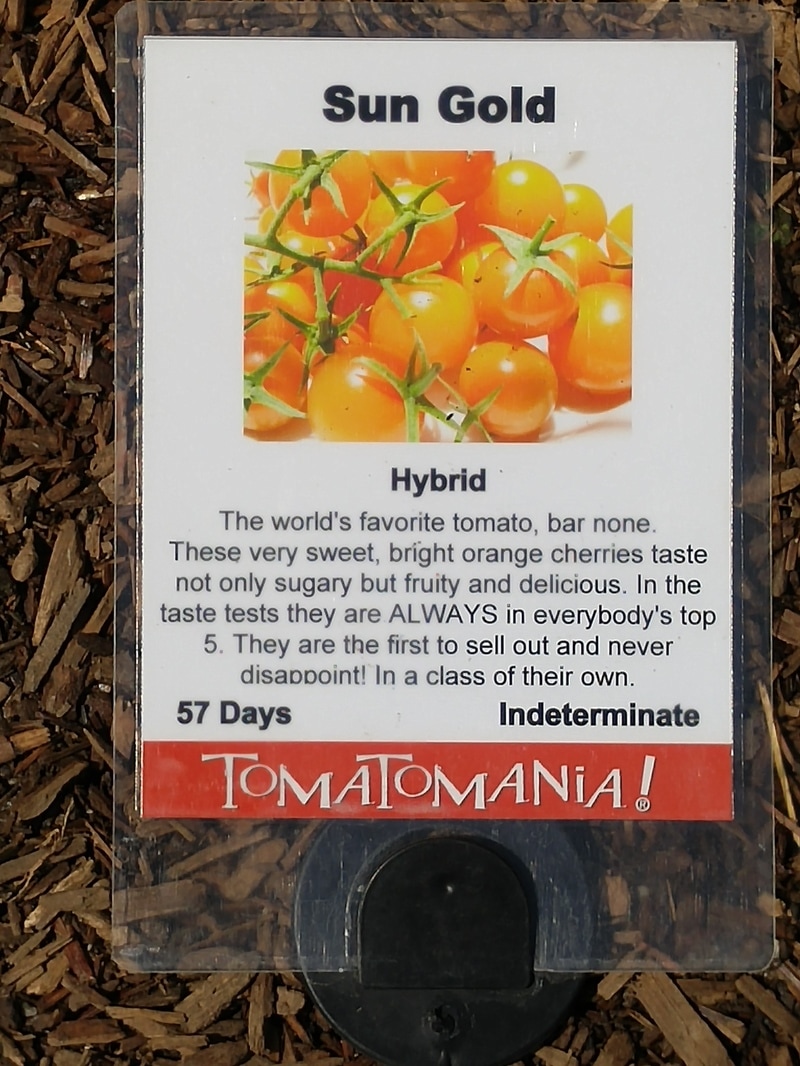
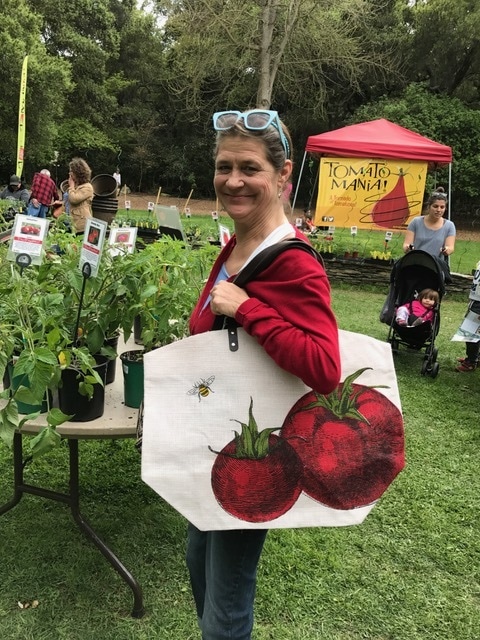
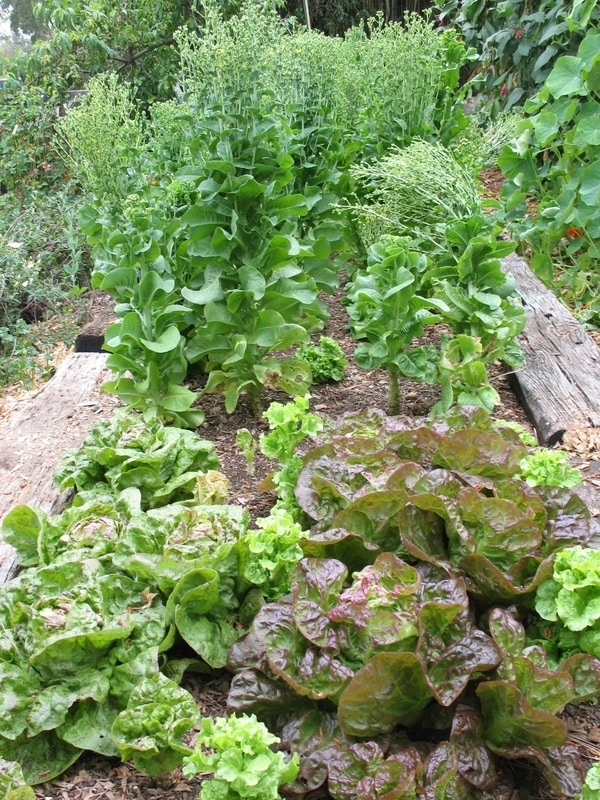
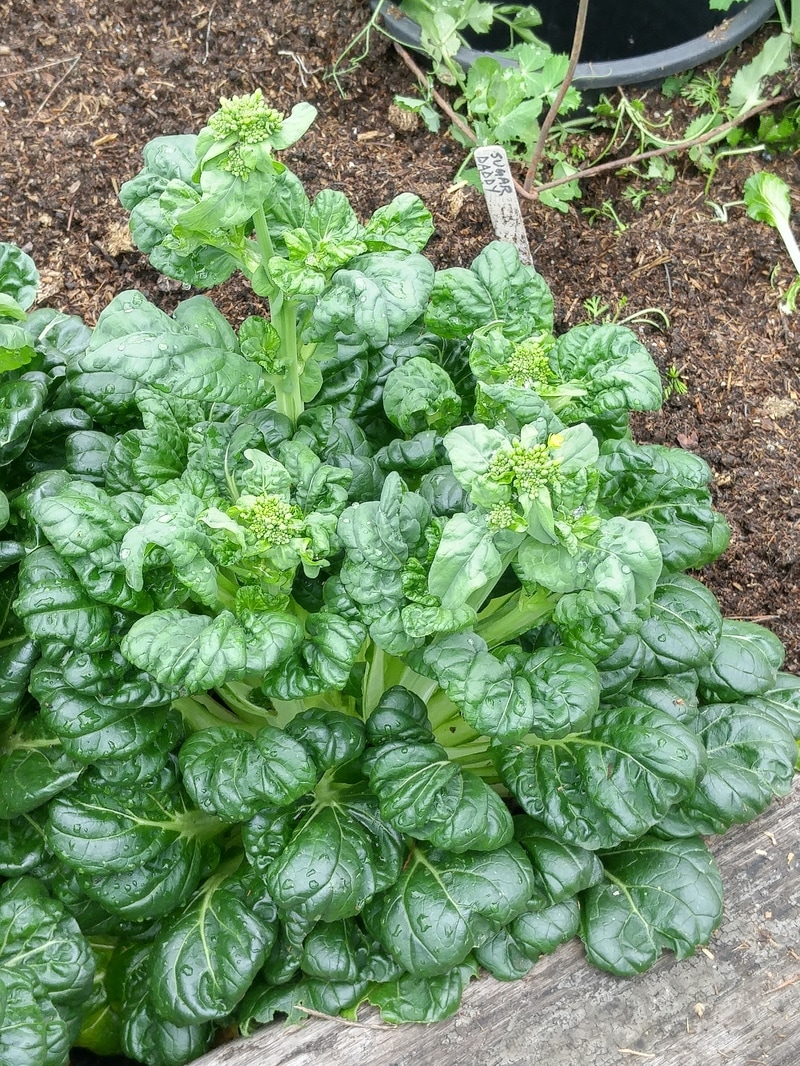
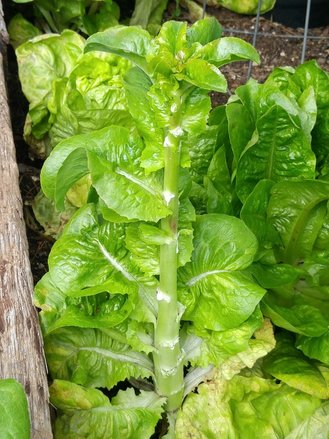
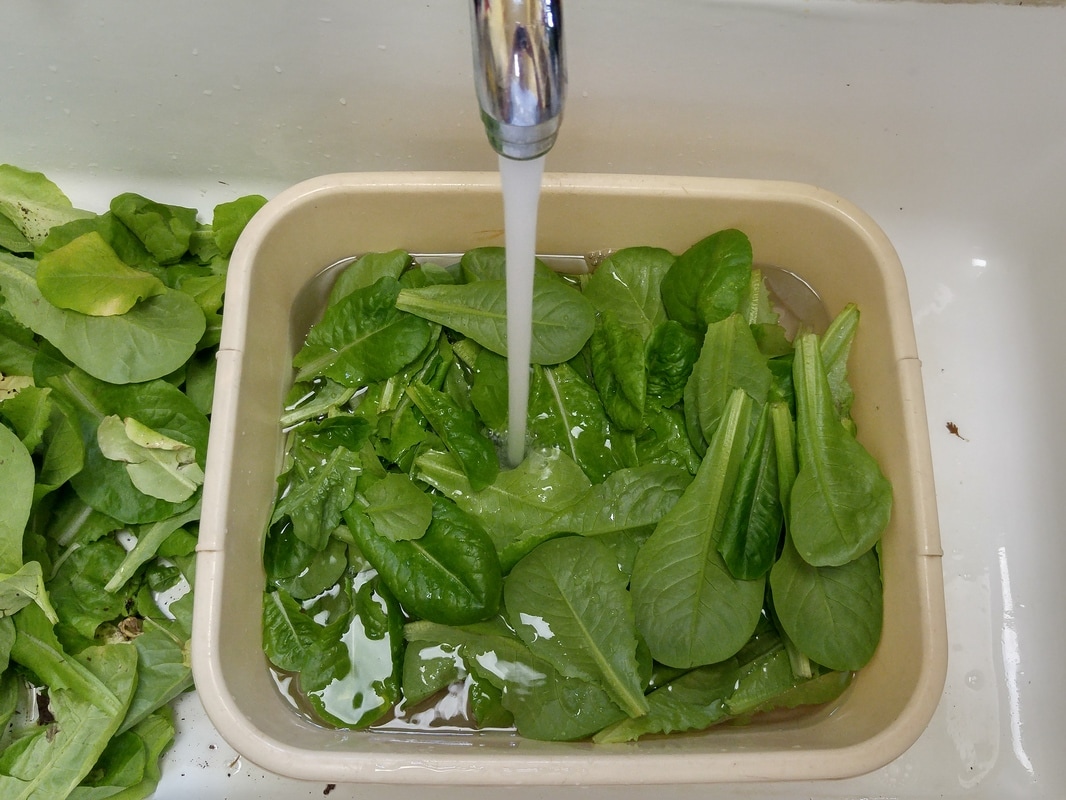
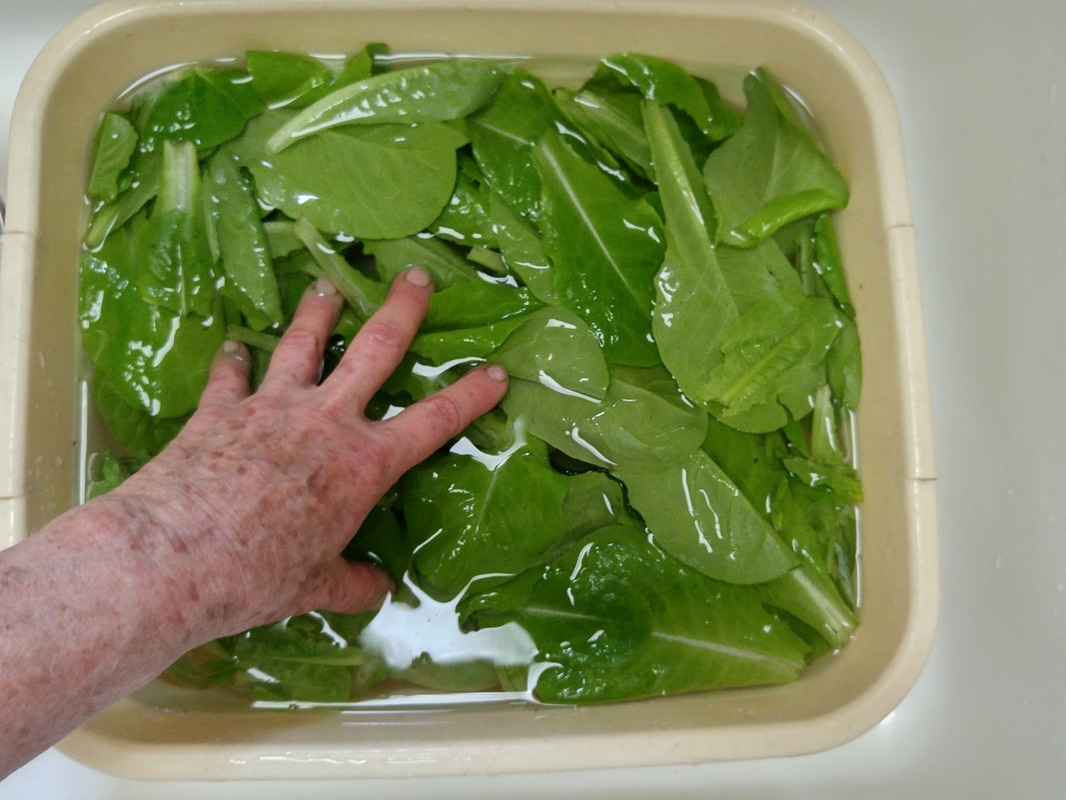
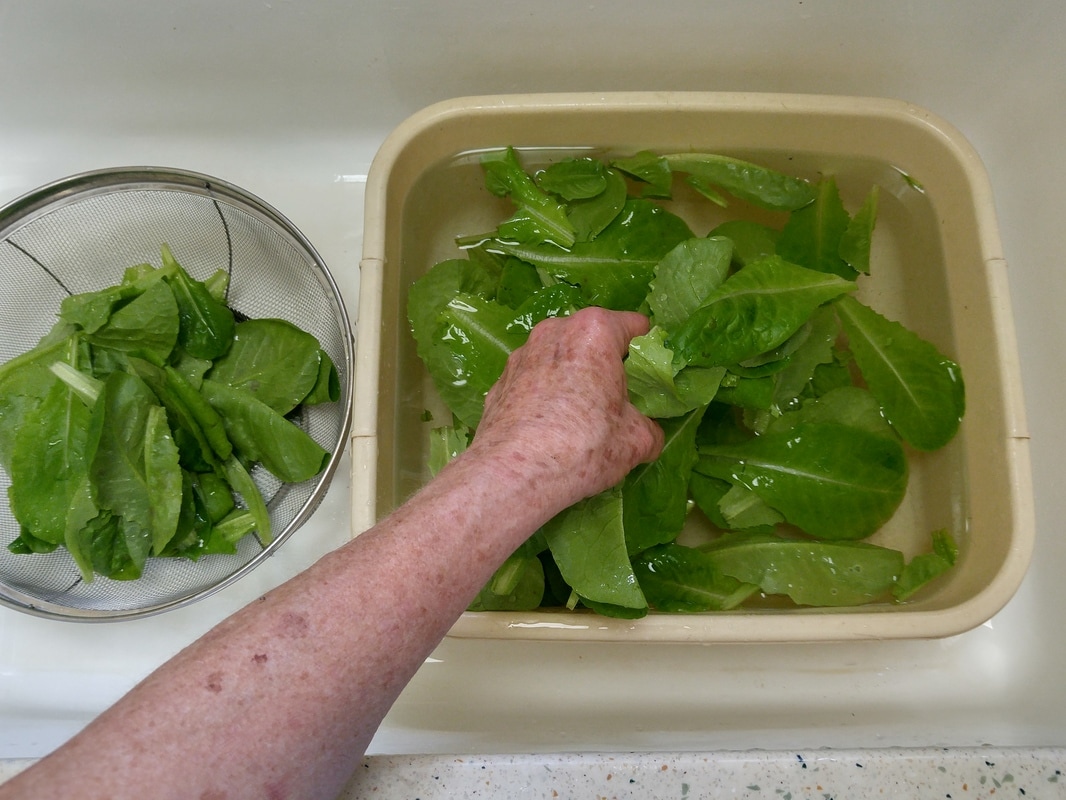
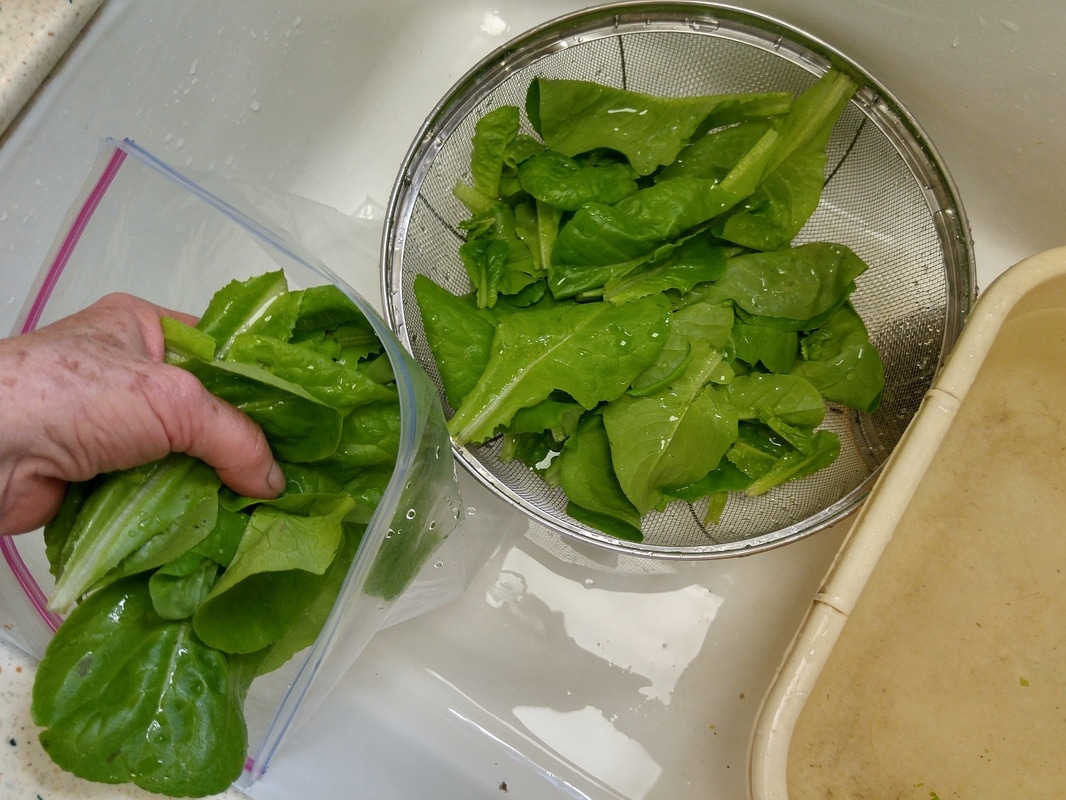
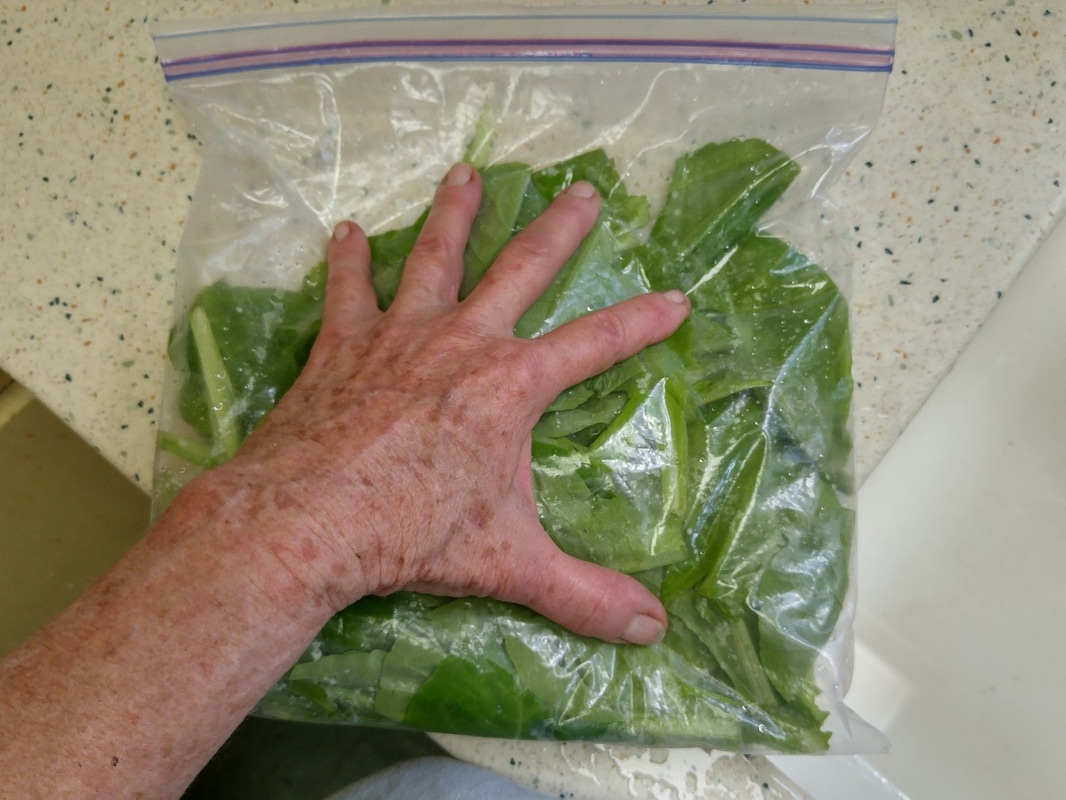
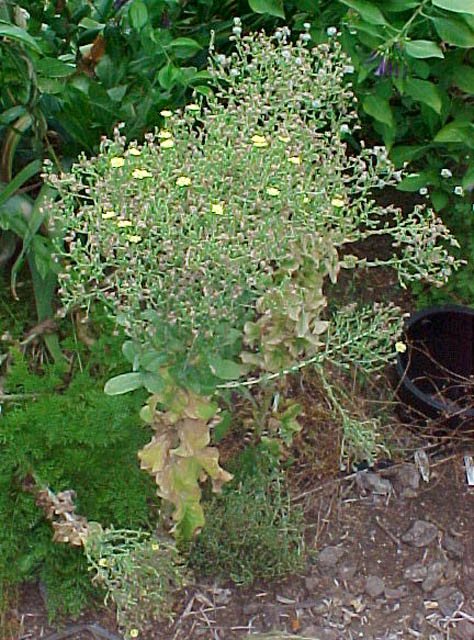
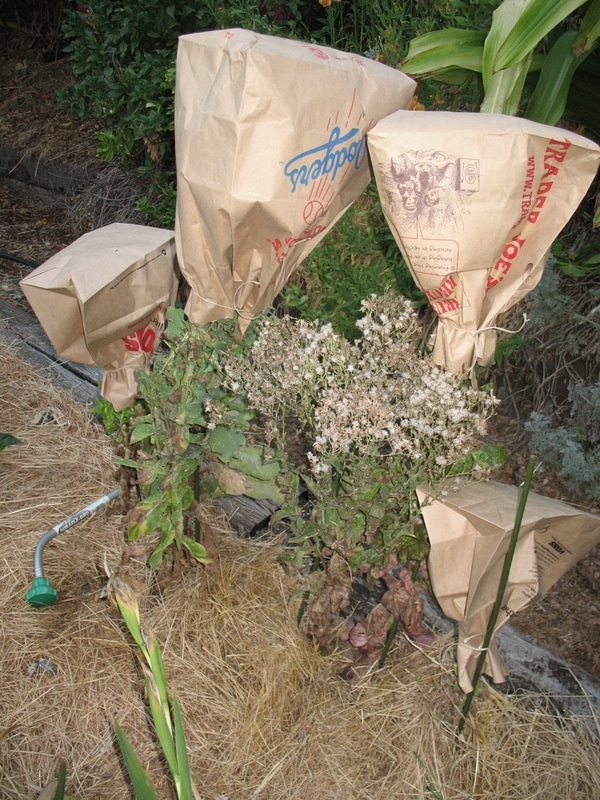
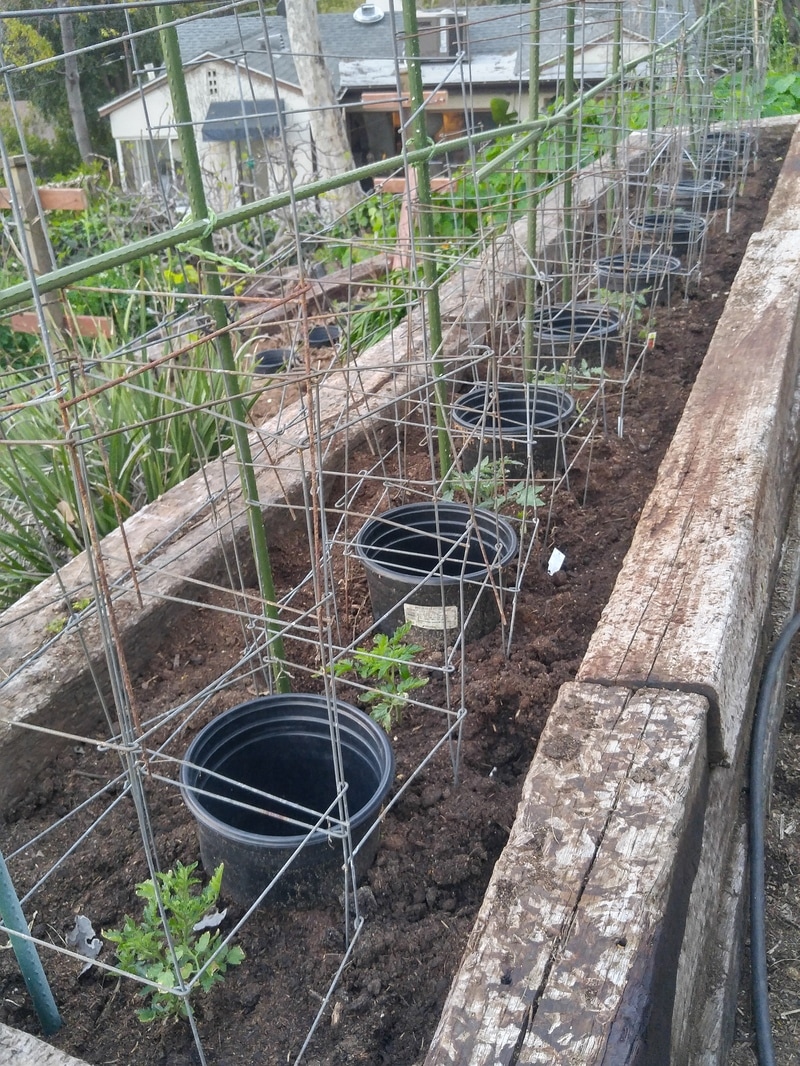
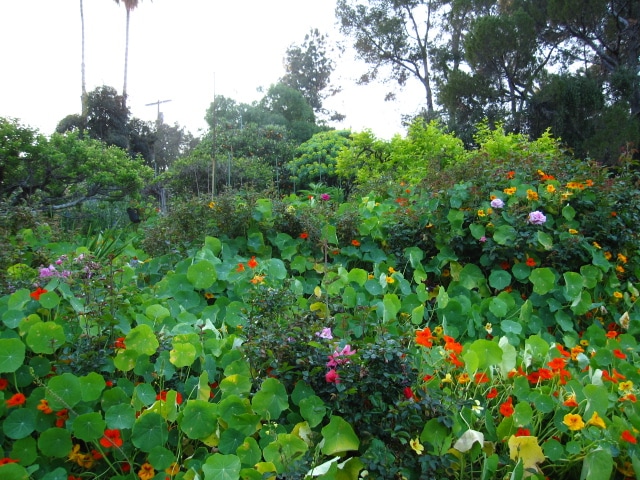
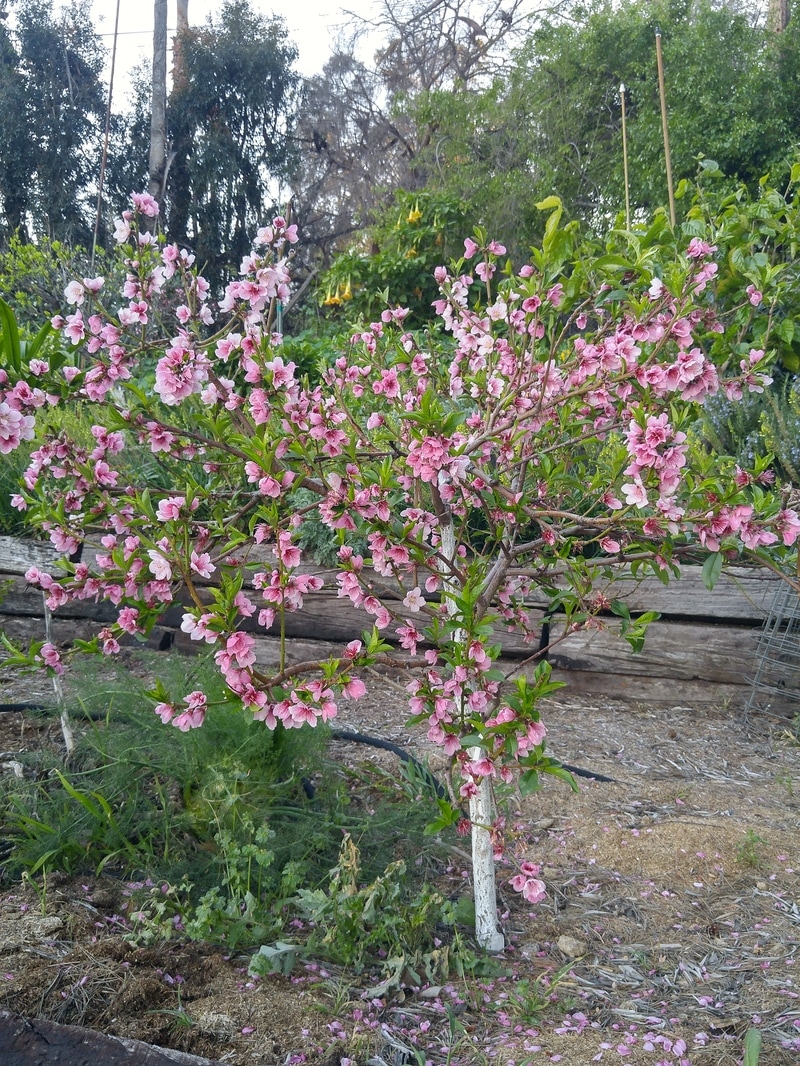
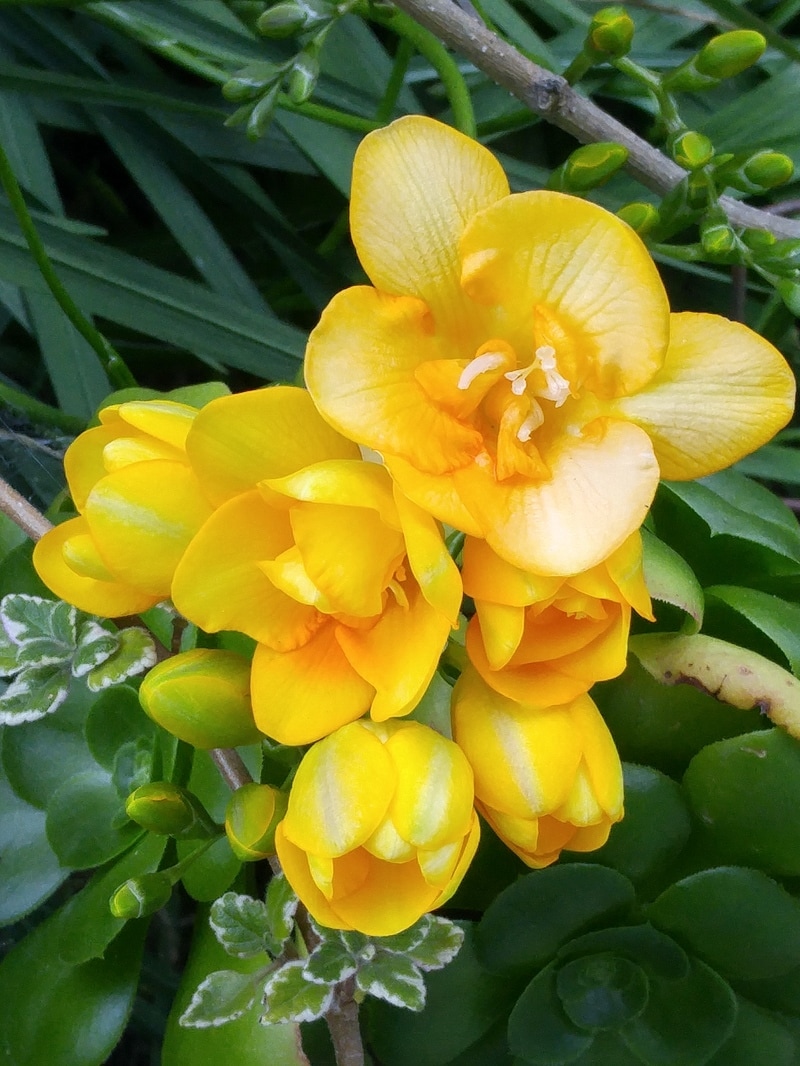
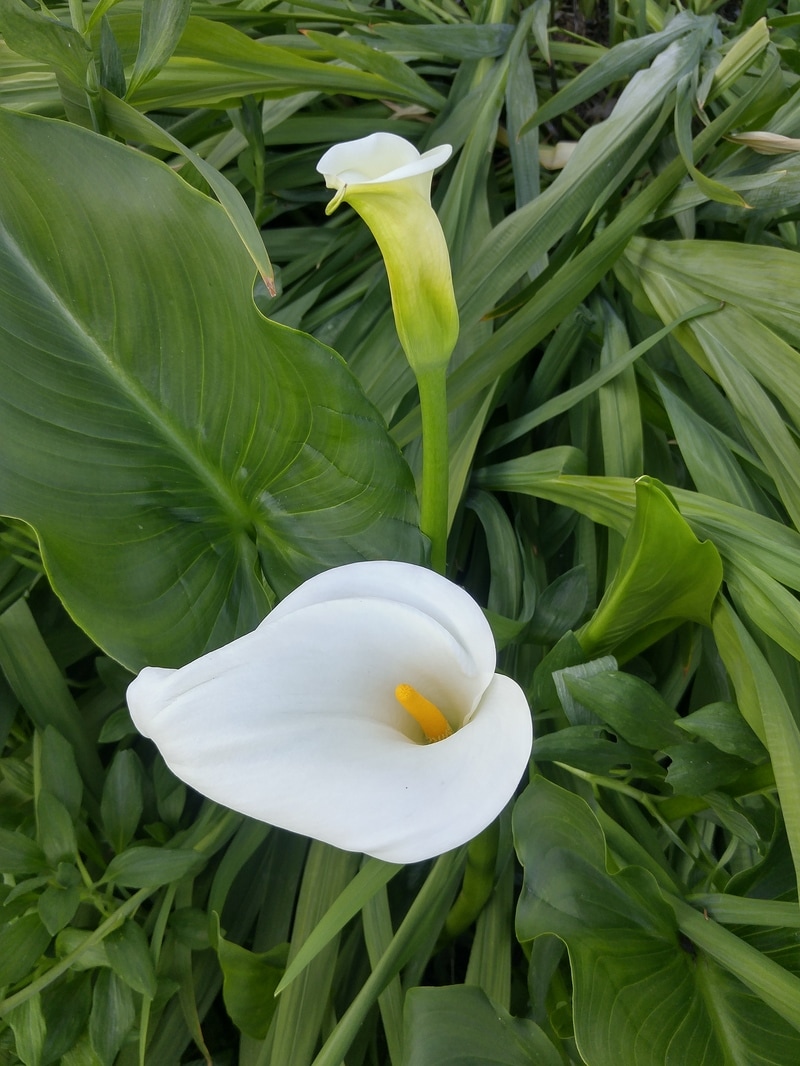

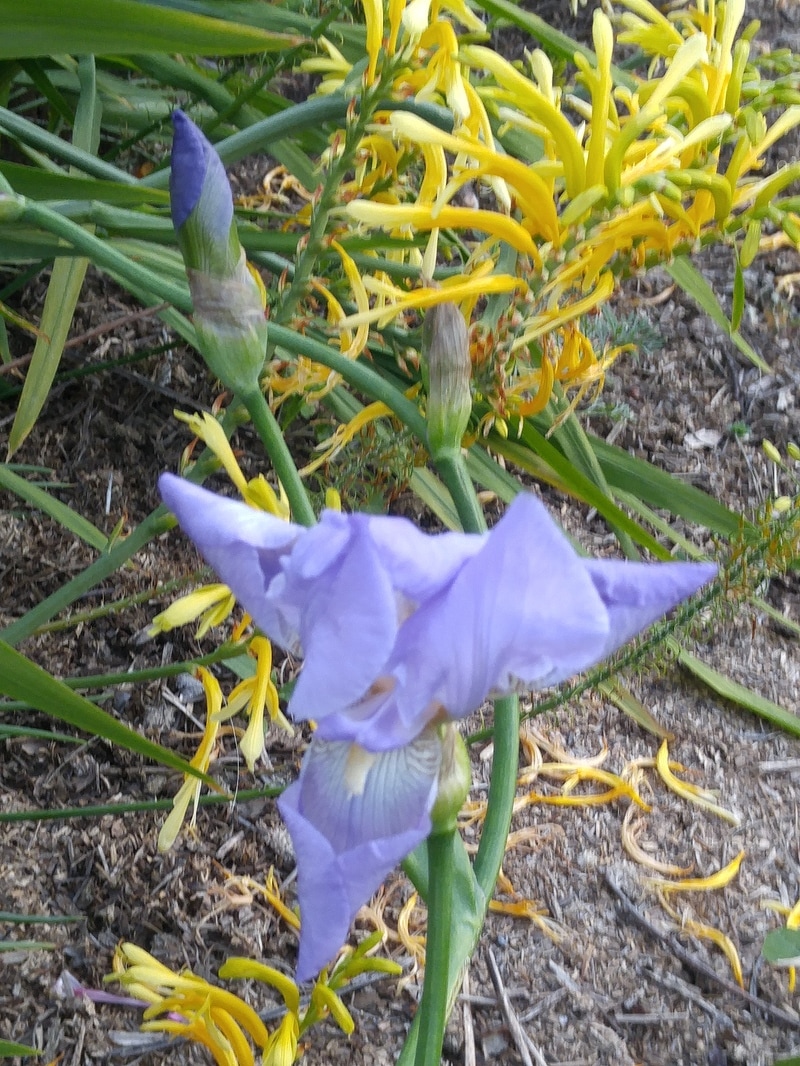
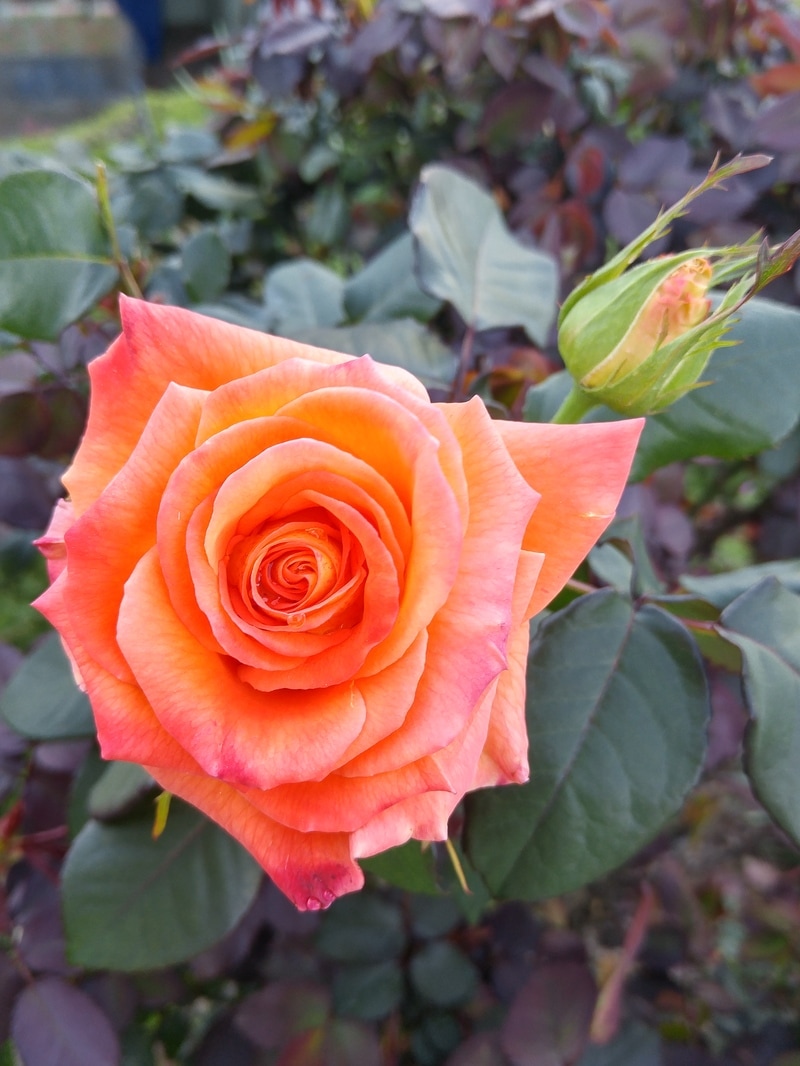
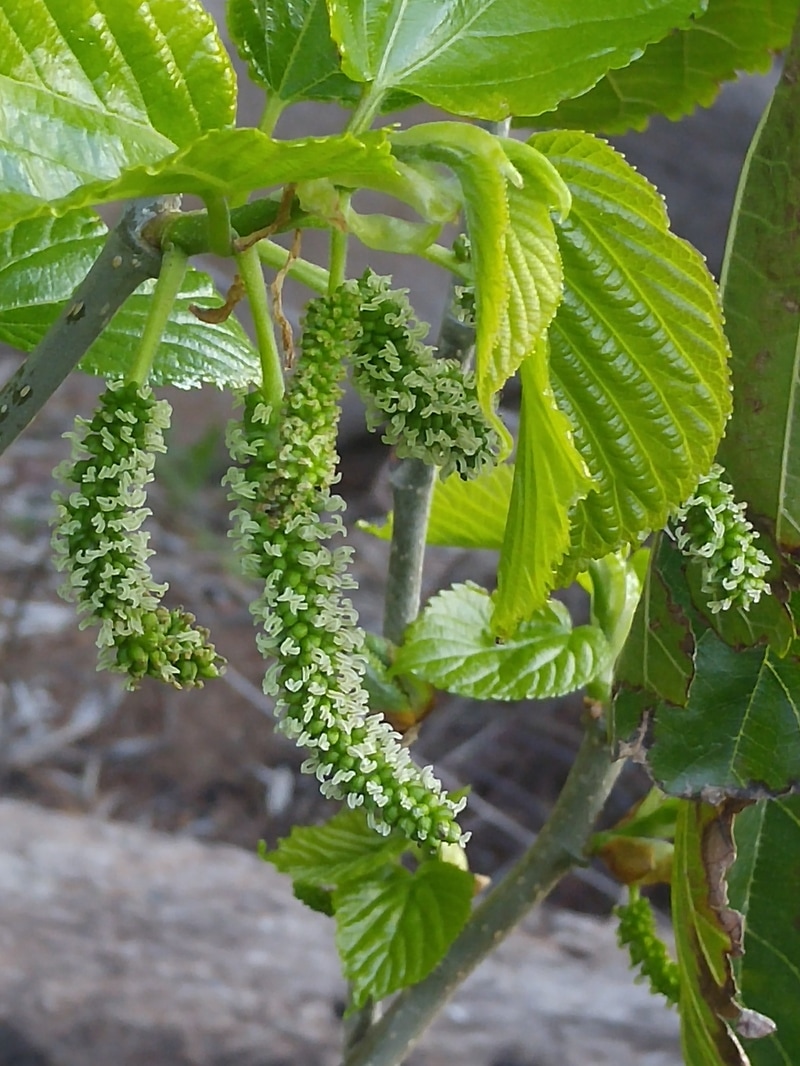
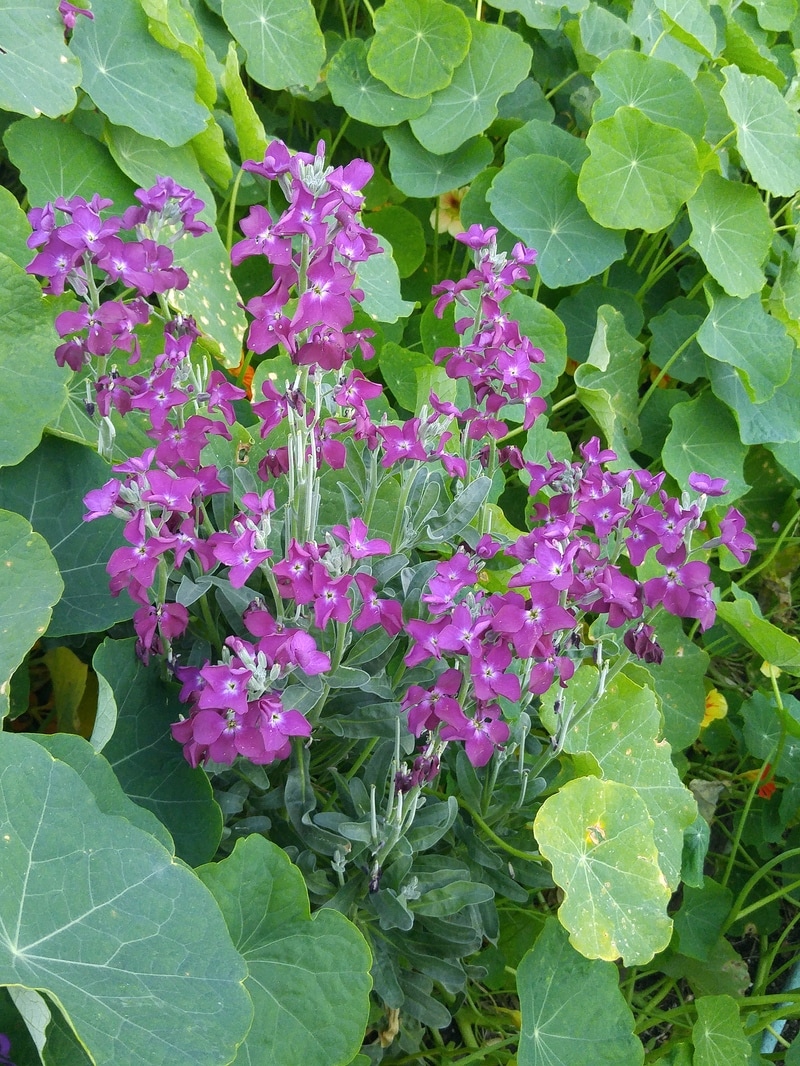
 RSS Feed
RSS Feed